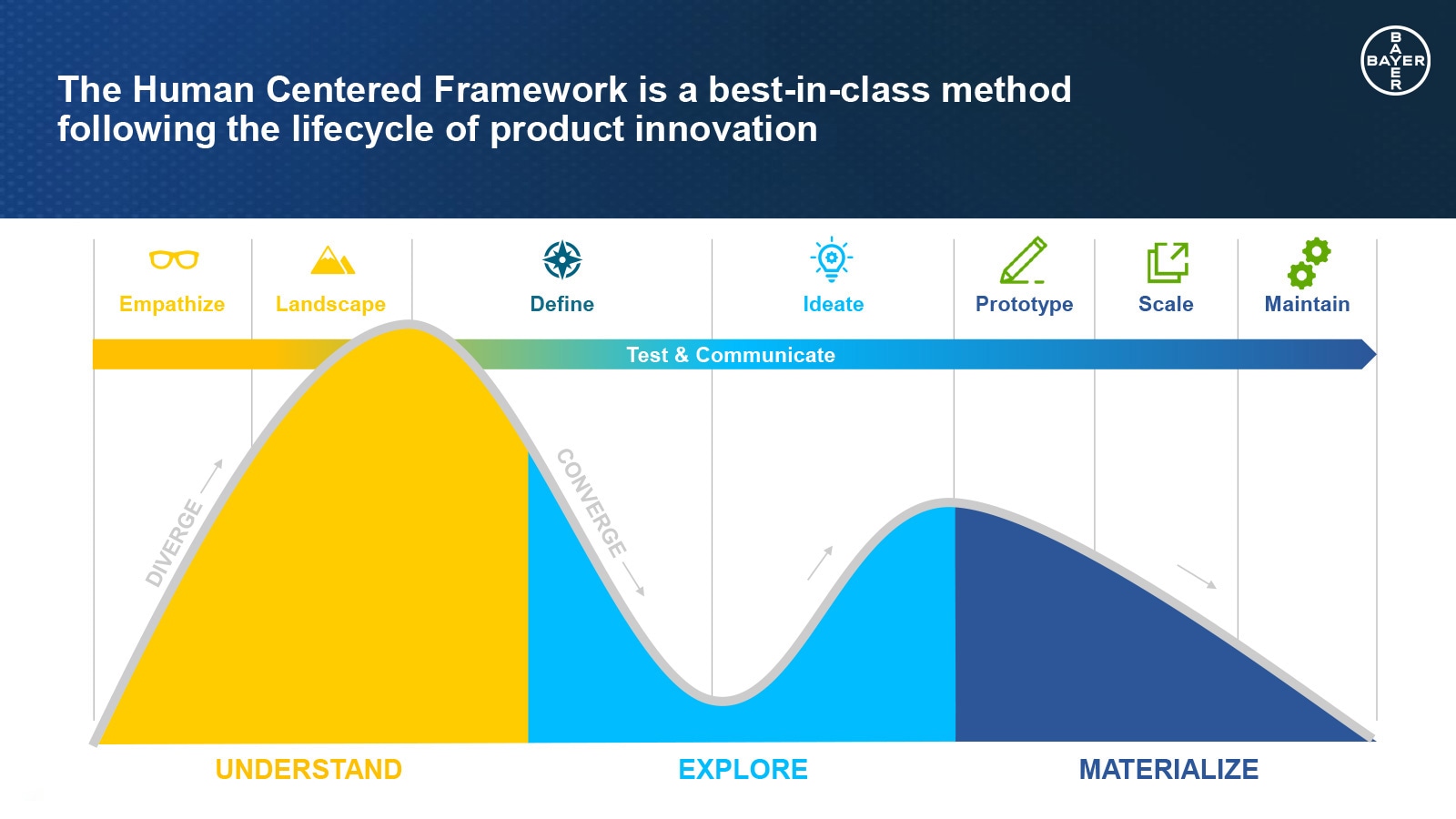Bayer’s Scalable App Factory is based on a human centered framework. Guido Mathews explained its technological background at RSNA 2022. Mathews is Head of Digital Diagnostics and Vice President of Research and Development at Bayer Radiology.
Speaker: Guido Mathews, Head Digital Diagnostics, VP R&D, Bayer Radiology
Picture 1 – Basics of a Human Centered Framework
File: Mathews HumanCenteredFramework RSNA 2022.ppt
Creating a Machine Learning (ML) platform like Bayer’s Scalable Application Factory is complex and demanding – especially in the regulated environment of medical device development. Bayer has decided on using a human centered framework (picture 1) as a best-in-class method for setting up its Scalable Application Factory. The human-centered framework develops solutions by involving the human perspective in all steps of the process.
Human Centered Framework
The initial step aims at fully understanding the key problem. This means collecting all the regulatory plus the technological requirements, such as data access, data quality or cost of data, but also focusing on the human team. The framework is intended to allow for open and direct exchange between all participants. “Data scientists and doctors are different disciplines that come together to solve a problem and translational efforts are often needed”, said Guido Mathews. The platform connects its community in real-time and allows for sharing any type of problem or success within the community. This also ensures immediate updates.
Prototyping Is Just One Part
Exploring possible solutions is the next step. It involves defining and constantly reassessing development goals and solutions, for example by doing try-outs of software models. All these steps precede prototyping, which is a rather small part of the process.
Mathews pointed out that one should not start with the final target right away, but rather define backlogs in small steps (a backlog being a prioritized list of tasks supporting a larger strategic plan). This is advisable, as a machine learning task is much bigger and much more complex than software in medical device development. In ML, a small change in the “software” could block the full development.
Communication Is Central
Regarding communication, Mathews strongly emphasized the need to lead everyone though the process and to systematically engage with key stakeholders throughout the whole journey while crafting a compelling narrative. “It is a new science that we try to introduce to medicine”, he said. Therefore, having communication and documentation in place is important.
Continuous Development Is Key
The result, Bayer’s Scalable Application Factory, is a fully cloud-based, GxP ready platform. It enables the quick start and conduct of scalable Machine Learning and prototyping fully embedded in infrastructure and software. (GxP stands for "good practice“, "x" is a variable parameter for fields it may be applied to).
In the end, Bayer aims at offering an end-to-end scalable platform, not just for a one-time ideation, but for its use along and across a portfolio of activities and by a whole community. Yet, being part of a compliant framework adds further requirements to ML development such as design-control elements, clear description of the data, data flow, making sure the model is auditable, tracking the process and detecting potential stops.
“Just like software development, machine learning development is never ending”, said Mathews.
Presentation Title: From AI Conception to Validation: The Role of AI Orchestration; Scalable App Factory Rapid Prototyping Lifecycle
RSNA 2023, Nov 28th
Author: kf/ktg
RELATED RESOURCES







